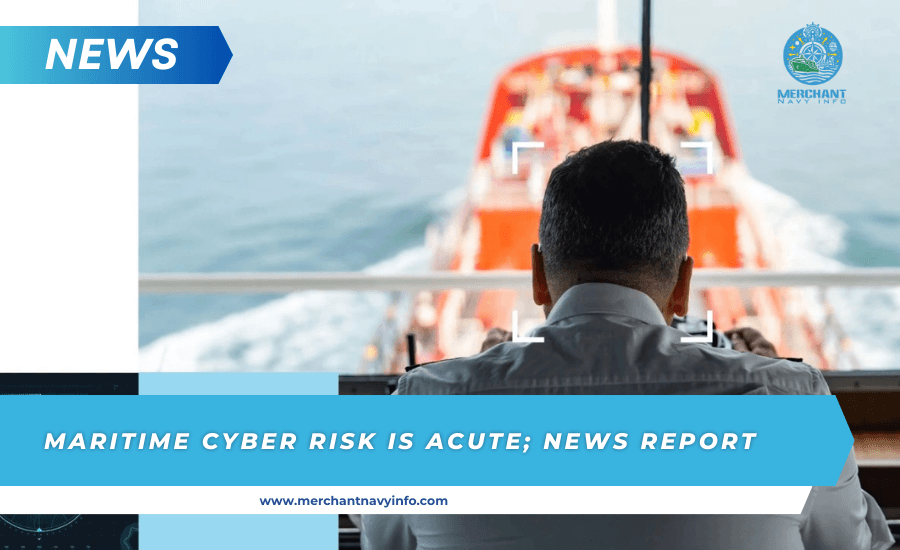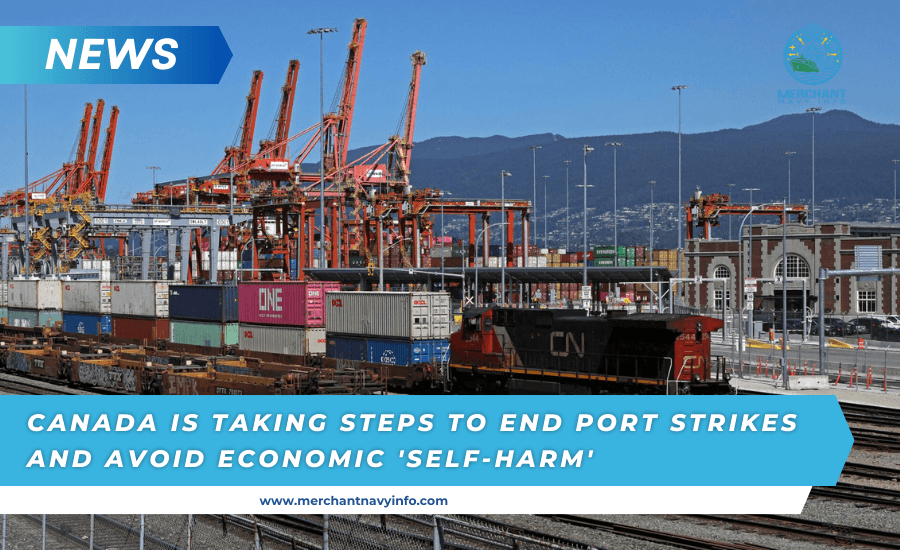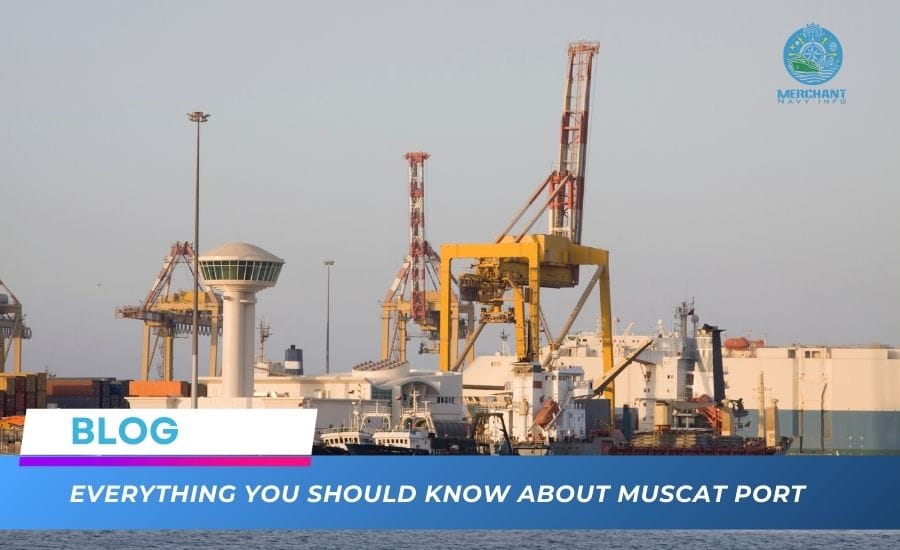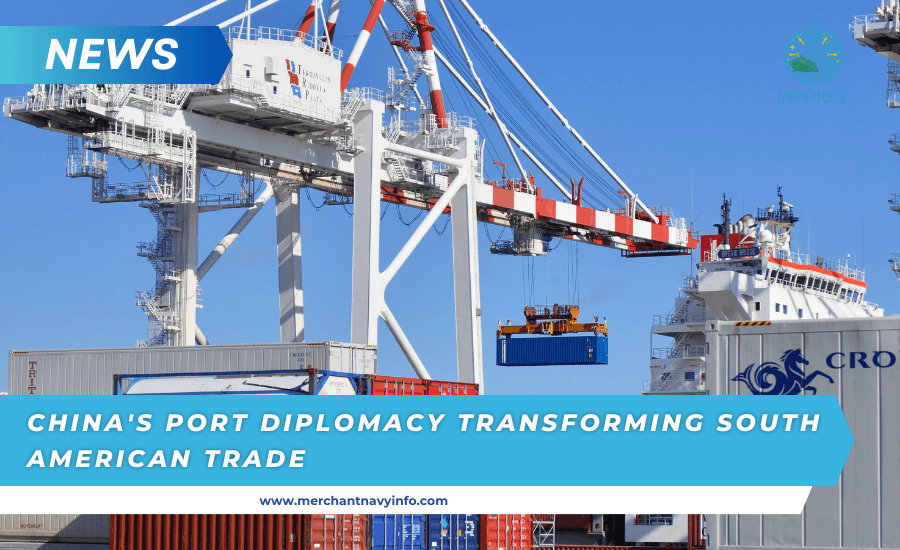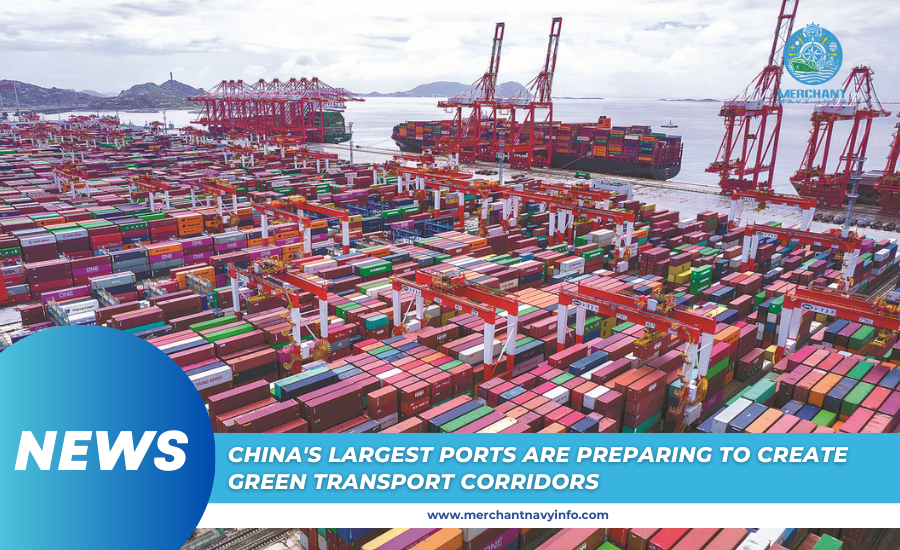
China’s Largest Ports Are Preparing To Create Green Transport Corridors
The International Council on Clean Transportation (ICCT) has released a new report revealing the potential for creating green transport corridors along China’s coastal routes.
The study explored the feasibility of supplying ships with renewable energy. Such as ammonia, hydrogen, methanol, or batteries, without refueling during voyages.
The study identified three main routes with strong potential for green transport corridors: two regional routes connecting the Pearl River Delta to Bohai and the Yangtze River Delta to Bohai. And one regional route within the Yangtze River Delta region. These regions are home to some of the world’s largest ports, including Tianjin, Shanghai, and Shenzhen.
For example, a container ship could travel 1,400 nautical miles from Tianjin to Shenzhen using renewable marine fuel.
The study estimates that operating the first wave of zero-emission ships. These routes require 6,000 tons of ammonia, methanol, or 900 tons of renewable hydrogen.
This would require 44 to 60 GWh of renewable electricity by 2030. However, renewable hydrogen costs are expected to reach $7.60 per kilogram by 2030. Significantly higher than conventional marine fuels. Achieving a 32% cost reduction by 2050 will require strong policy intervention to increase the feasibility of these approaches.
The researchers also found that, as of December 2023, 44 eco-ocean corridor initiatives existed worldwide. But none were fully implemented.
According to the study, national approaches can be beneficial due to more stakeholder involvement. In other cases, a single company can handle cargo and ships, facilitating the establishment of these routes.
The study suggests that continued research and policy support are needed to realize the full potential of eco-ocean corridors and transition to a more sustainable marine sector.



